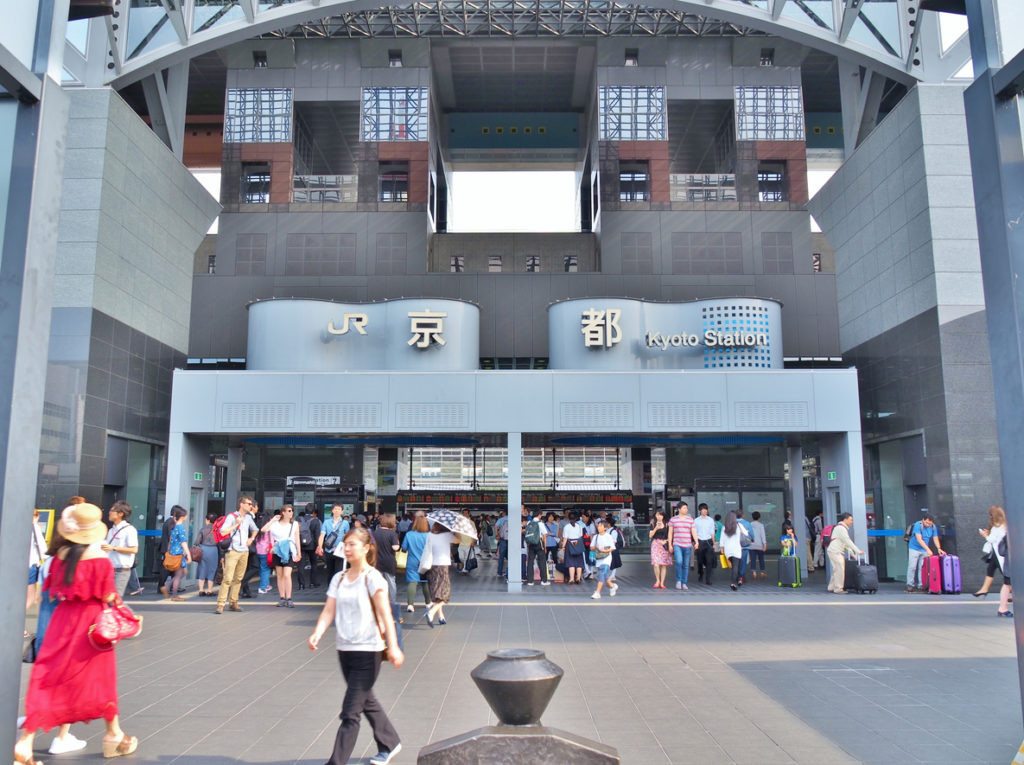A Foreign Mom’s Journey Of Settling In Kansai
Same country, different city, and a whole new ballgame
By Kirsty Kawano | This article first appeared in Savvy Tokyo.
Learning the ropes of living in Japan’s cultural capital can be tough.
Two years ago my family relocated from Tokyo to Kyoto in line with my husband’s shift to a new job. My two daughters and I didn’t want to go — we had a great network of friends in Tokyo that we didn’t want to leave. But how can one say ‘no’ to Kyoto – Japan’s beautiful, cultural capital? Besides, if we could fit in in Tokyo, surely we could fit in in Kyoto – how different could it be?
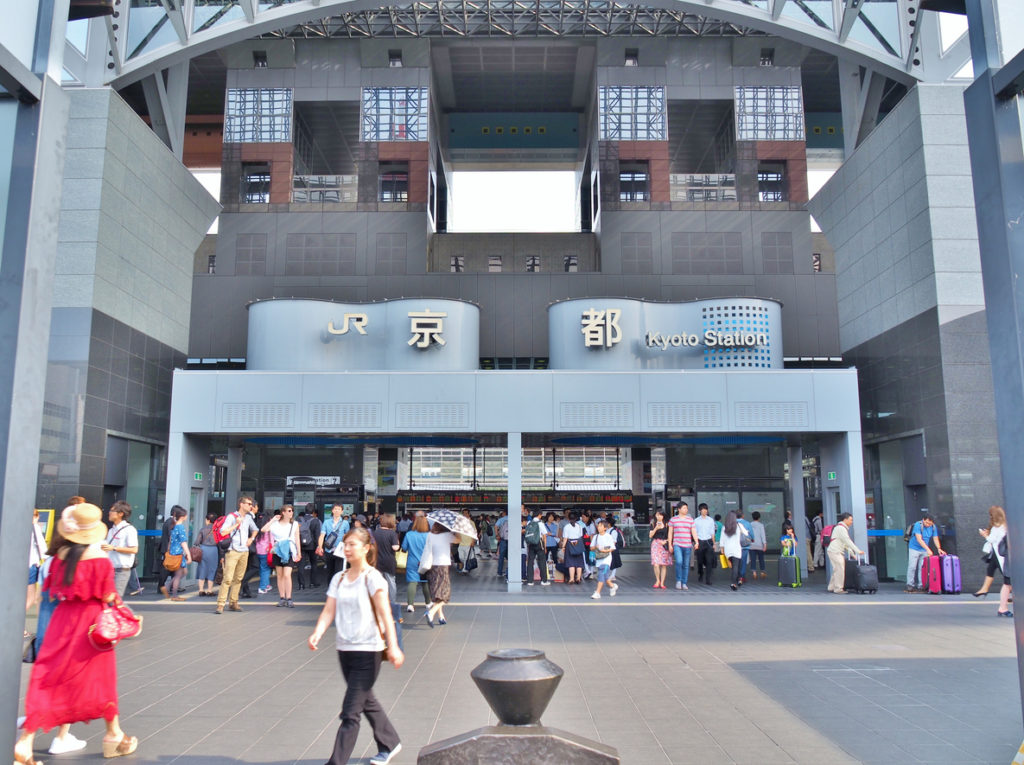
There was never any doubt that we would like Kyoto. It’s the type of city that people fall in love with – rich in history, culture and nature. There’s a devoted expat community here. The city sits in a mountain basin, making it cold in winter and terribly humid in summer, but unlike the concrete jungle of inner-Yamanote line Tokyo, summer nights in Kyoto cool down.
If we could fit in in Tokyo, surely we could fit in in Kyoto – how different could it be?
Just a few days after we arrived, we introduced ourselves at what would be our daughters’ new elementary school. The teachers were attentive, kind and friendly. We spent the rest of the summer break settling into our new apartment, exploring the neighborhood and frolicking in the nearby Kamo River. It was far too hot for sightseeing.
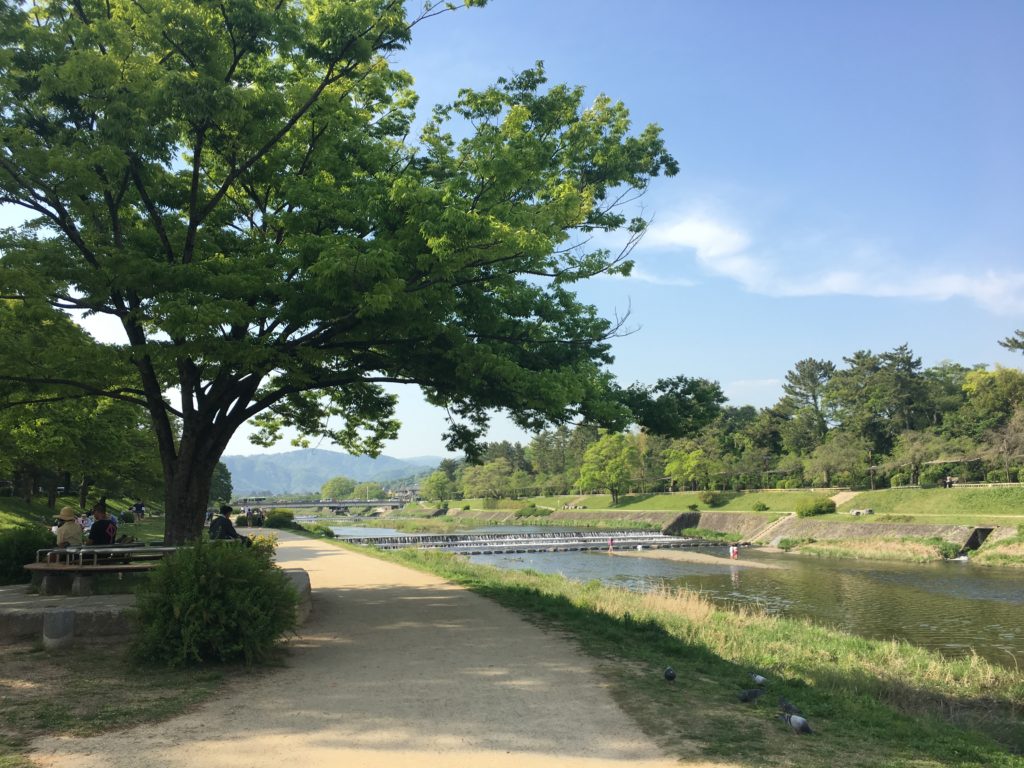
Our discoveries in those early days were simple and amusing. Instead of the ubiquitous state of vending machines in Tokyo, in Kyoto, they were far enough apart that you could actually work up a thirst while walking from one to another. Convenience stores were rare enough that to school friends we were able to describe our apartment building as the one behind the conbini. Supermarkets stipulated carrots not just as ninjin, but as yo-ninjin – Western ones – to distinguish them from Kyoto’s own kyo-ninjin. There was tasty, deep-fried hamo conger eel (a Kyoto delicacy) available hot and creamy at summer festivals. We were getting off to a good start.
Back to school
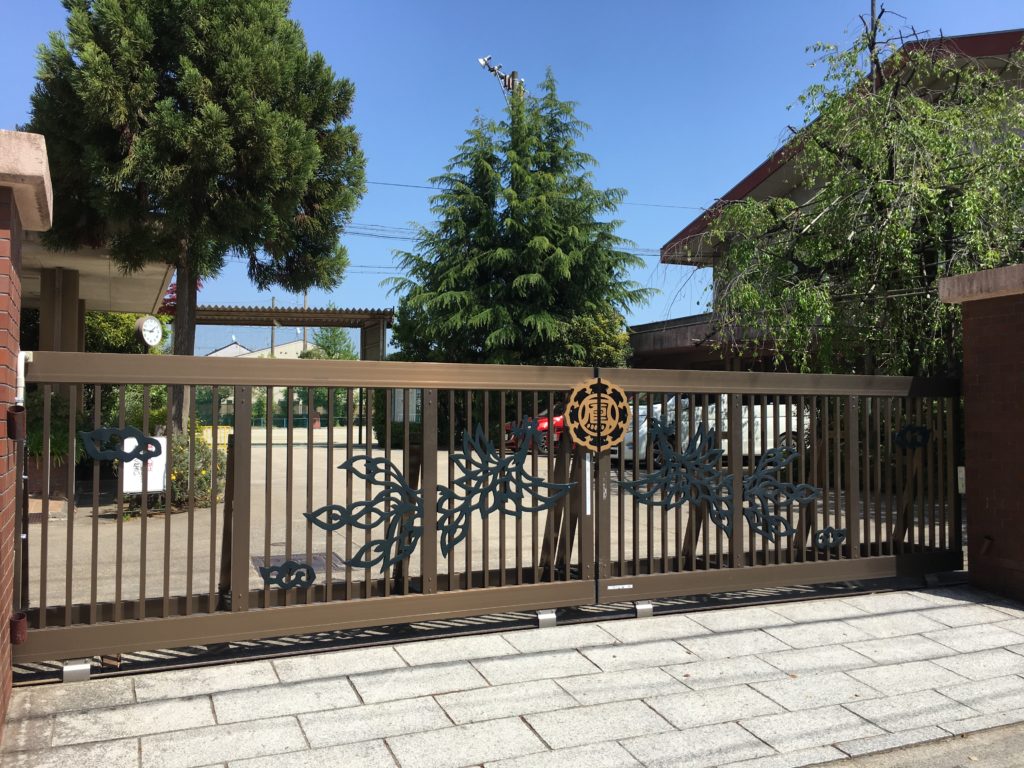
My daughters and I were enthusiastic about the start of school. There lay our best chance to make friends. The school had a happy, friendly atmosphere. The curriculum and structure of the school day were basically the same as in Tokyo, so the transition was relatively smooth.
There were a few superficial differences. Whereas in Tokyo all the students were required to wear a uniform hat to and from school, here only the first graders needed one. The most popular choice of school bag here is not the hard and heavy randoseru backpack, but a lighter, more flexible one called a ranrikku (seen below). It was created by a Kyoto company in 1968 after a local school principal asked whether a cheaper bag could be made to help ease the problem of bullying of kids from families who could only afford the less-sturdy pig-leather version of the old randoseru.
When in Kyoto…
The time I was most struck by a cultural difference here compared with Tokyo was when I was riding my bicycle into the underground parking area at the local shopping center. I assumed that we were supposed to dismount our bicycles and wheel them down the ramp, because that was my Tokyo expectation. When I read the nearby sign, however, it just said to be careful when it’s wet or snowy. So, just like everyone else around me, I rode in, and rode out again – something I could not imagine doing in Tokyo. Tokyoites like rules and like to follow them. But in Kyoto, things were different.
Convenience stores were rare enough that to school friends we were able to describe our apartment building as the one behind the conbini.
One day, I was speaking with a mother at the school who happens to live directly below us in our apartment building. Her fifth-grade daughter practices piano every day. The mother pre-apologized for this the first day we met. Fascinated by the daughter’s discipline and how the mother has managed to get her practicing daily, I brought the topic up as we talked.
“Your daughter plays the piano so well,” I said.
“I’m sorry that you can hear it,” said the mother.
“No, no. No problem – we like hearing it. Do you have to tell her to practice, or does she just do it herself?”
“She does it herself. But, really, I am sorry.”
“No, no problem. We like it. What got her started learning the piano?”
“I play, too, so I think that made her want to try. But, you know, I am sorry.”
“No, it’s fine. Does your son play too?”
“He does a little, yes. But, I am sorry.”
It was silly enough to continue the conversation even further…
Some time later, a Japanese friend in Tokyo told me that telling a Kyotoite that they play the piano well amounts to complaining that their music is too loud. It finally made sense.
She continued: If a Kyotoite invites you to come off the doorstep and up into their home, the appropriate response is to decline.
Telling a Kyotoite that they play the piano well amounts to complaining that their music is too loud.
“How are you supposed to know?” pondered another Japanese friend in our group. And that’s exactly what I though too.
Making friends (and other traumas)
When we had told our Tokyo friends about our planned move, many of them had said, “Kyotoites aren’t very friendly. They treat non-Kyoto people as outsiders.” I’d been in Japan long enough to know that Tokyoites themselves didn’t have a particularly good reputation among other Japanese regarding friendliness: Tokyoites are “cold.” Indeed, busy as they are shuffling themselves to and from work on overcrowded trains, it’s probably a fair impression. My experience has been that Tokyo residents are generally rather actively friendly. So I decided to keep an open mind about Kyoto dwellers.
The Kyoto-bred moms were a different story. It feels like maybe they just don’t know how to be friendly.
Many of the people we first met weren’t originally from Kyoto. That included many school moms and many residents in our apartment building. I didn’t have much opportunity to meet school dads, but the few I talked to chatted with me enthusiastically, and they were Kyoto born and bred.
The Kyoto-bred moms were a different story. It’s not that they’re unfriendly… It feels like maybe they just don’t know how to be friendly. Kyoto-raised women tend to use a poker face: even in the middle of a one-on-one conversation, their faces can be devoid of expression. The only recognition I would get from some mothers whose kids were in the same class as one of my daughters was a cold-faced nod.
The journey continues …
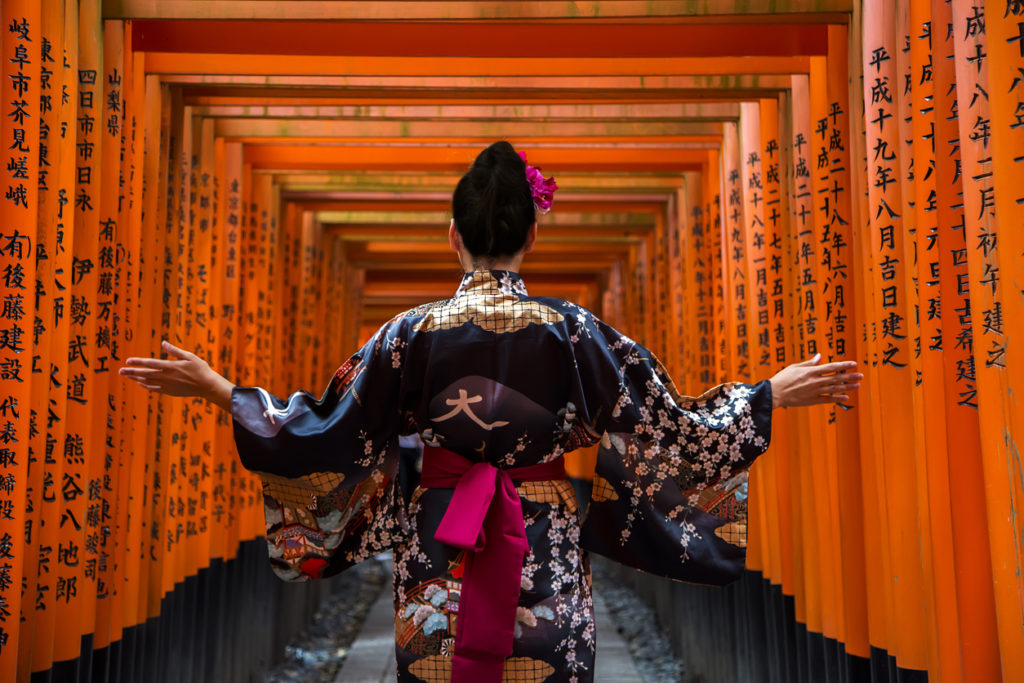
The grandmother of my younger daughter’s friend told me about when she moved to Kyoto to attend university many years ago. “I was treated like an outsider at first, but once I was accepted into the group, it was very warm and friendly,” she told me.
My older daughter recently graduated from elementary school and entered the local junior high school. At the entrance ceremony, I spotted some of the poker-faced moms from the old school waving and smiling at each other. They were warm and friendly. A new school meant a fresh chance to make friends. So I struck up a conversation here, and threw a greeting over there and…received the same in return! The new atmosphere at the school had reminded me to determine my social behavior myself, and not fall in line with the poker faces around me.
After living in Tokyo for 20 years, I had forgotten that Japan is more than just its capital city. Moving out reminded me how much more there is to experience – how many more fascinating differences await discovery. New encounters are seldom easy, but they are inevitably worth the effort. And for now, my journey in Kyoto continues.
For Part 2 please see here. For Kirsty’s self-introduction, please click here.

